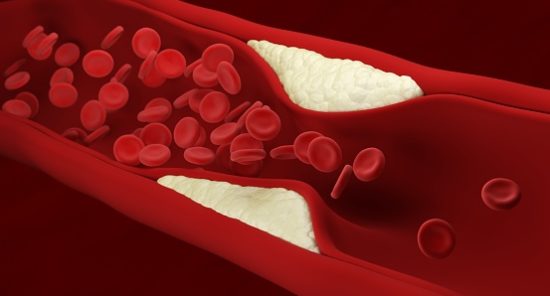Research has suggested that approximately 90% of patients living with human immunodeficiency virus (HIV) have various cutaneous symptoms related to infection. In a study published in Current HIV Research, Onur Sivaz and colleauges from the Health Science University, Sisli Hamidiye Etfal Training and Research Hospital in Istanbul, Turkey, aimed to qualify the various disorders and investigate related factors. They reported that “skin manifestations are common… however, many skin disorders can be seen in HIV/acquired immunodeficiency syndrome (AIDS) patients, whatever CD4 cell counts of these patients are.”
This cross-sectional study enrolled 144 patients living with HIV who were being followed at the infectious diseases clinic of the authors’ hospital after they had been referred to the dermatology clinic for skin lesions. The participants had been diagnosed with HIV via enzyme-linked immunosorbent assay tests prior to volunteering. Detailed dermatological characteristics, CD4 cell count, illness duration, and treatments were all recorded during the trial.
Among the patients, the most common mucocutaneous manifestation was seborrheic dermatitis at 28.5% (n = 41). The overall mean CD4 count was 607.1 (min-max: 10.6–1982). Patients were categorized into groups of <200 (n = 22 groups; 15.3%), 200 to 500 (n = 35; 24.3%), and >500 (n = 87; 60.4%). According to the authors, there was no statistical difference in the dermatological examinations between the three groups. However, the authors did highlight that “the highest rate of patients with three or more dermatological conditions was found among those with CD4 counts <200 (11.5%).”
Overall, the authors judged that “skin manifestations are common in patients who are HIV-positive,” however, they did not find any evidence of an association between dermatological manifestations and different CD4 cell counts in patients living with HIV.









